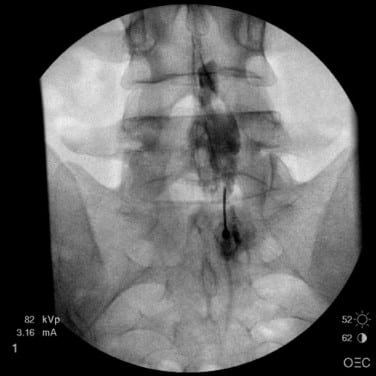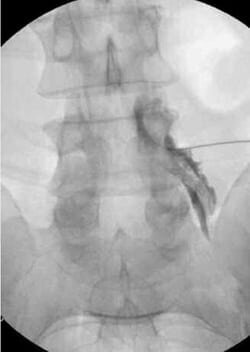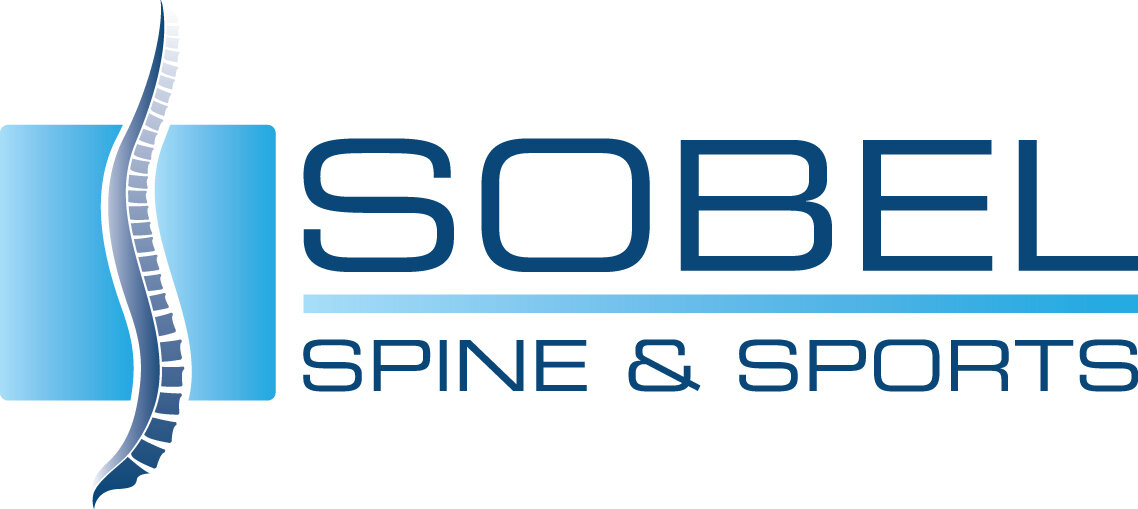Epidural Steroid Injections for Back & Neck Pain Relief
Epidural Steroid Injections (ESIs) are a common and effective treatment used to reduce inflammation and relieve pain that radiates from the spine into the arms or legs. This occurs when spinal nerves become irritated due to narrowing of the spaces where they travel — a condition known as spinal stenosis.
Whether you're experiencing low back pain that radiates to the legs (lumbar radiculopathy) or neck pain radiating to the arms (cervical radiculopathy), ESIs may offer significant relief.
Why Consider an Epidural Steroid Injection?
Several spinal conditions can lead to nerve inflammation, including:
Herniated or bulging discs
Spinal stenosis
Bone spurs
Thickened spinal ligaments
Joint cysts
Spondylolisthesis (“slipped vertebra”)
The epidural space is a fat-filled area surrounding the spinal sac. When corticosteroid medication is injected into this space, it works to reduce inflammation, relieve pain, and improve mobility. While steroids don’t fix the underlying cause, they can interrupt the pain cycle long enough for the body to heal or adapt.
Spine Anatomy of the Epidural Space
How Are Epidural Injections Performed?
Epidural injections are performed under fluoroscopic (x-ray) guidance in an outpatient setting. A small amount of contrast dye confirms accurate placement before injecting the steroid.
There are two primary approaches to epidural injections:
Interlaminar Approach
The needle is inserted into the back of the epidural space to deliver steroid over a broad area. This technique allows medication to reach multiple levels and both sides of the spinal canal.
Transforaminal Approach (Nerve Root Block)
Steroid is delivered directly next to the affected nerve root. This targeted approach is especially effective when one side or one spinal segment is involved. It can also provide diagnostic insight when confirming the source of pain.
Injections are typically performed using only local anesthetic, though light sedation is available if needed. Most patients return to normal activity the next day.
Two common epidural injection techniques: interlaminar and transforaminal
-

Interlaminar Lumbar Epidural
-

Lumbar Transforaminal Epidural
-

Cervical Transforaminal Epidural
What to Expect After the Injection
Relief may begin within 1–3 days, but in some cases it may take up to a week.
Temporary soreness or an increase in pain for several days is not uncommon.
Duration of relief varies—some patients experience months of reduced pain and improved function.
ESIs are often combined with physical therapy, medications, or lifestyle changes to extend their benefit.
Potential Risks and Complications
While ESIs are generally safe when performed by experienced physicians like Dr. Jerry Sobel, there are some potential risks:
Infection – Rare (0.01%–0.1%)
Dural puncture (“wet tap”) – 0.5%; may cause spinal headache
Bleeding – More likely in patients with bleeding disorders or on blood thinners
Nerve injury – Extremely rare but possible
Allergic reaction – Typically to contrast dye or anesthetic
Corticosteroid Side Effects
Most side effects are temporary and mild:
Flushing of face or chest
Insomnia
Anxiety or mood changes
Headache
Temporary increase in pain (post-injection flare)
Elevated blood sugar in diabetics
Water retention or bloating
Menstrual changes
Heartburn or GI upset
Rare: Avascular necrosis of the hip
Important Pre-Procedure Instructions
- Stop NSAIDs 3 days before your procedure.
- Discuss other medications with your primary care doctor or cardiologist, as directed by Dr. Sobel or his staff. View the complete list on our Medications to Stop Before Procedures page.
- Do not eat for 4–6 hours before your appointment.
- Only small sips of clear liquids up to 2 hours prior to take medication(s).
- A full instructions sheet will be provided at your appointment.
📍Contact Dr. Jerry Sobel
If you’re suffering from radiating back or neck pain and want to explore non-surgical options, schedule an appointment with Dr. Jerry Sobel at Sobel Spine and Sports in Phoenix, Arizona.
📞 Phone: 602-385-4160
📍 Address: 4550 E Bell Road, Suite 110, Phoenix, AZ 85032
💻 Website: www.sobelspineandsports.com


